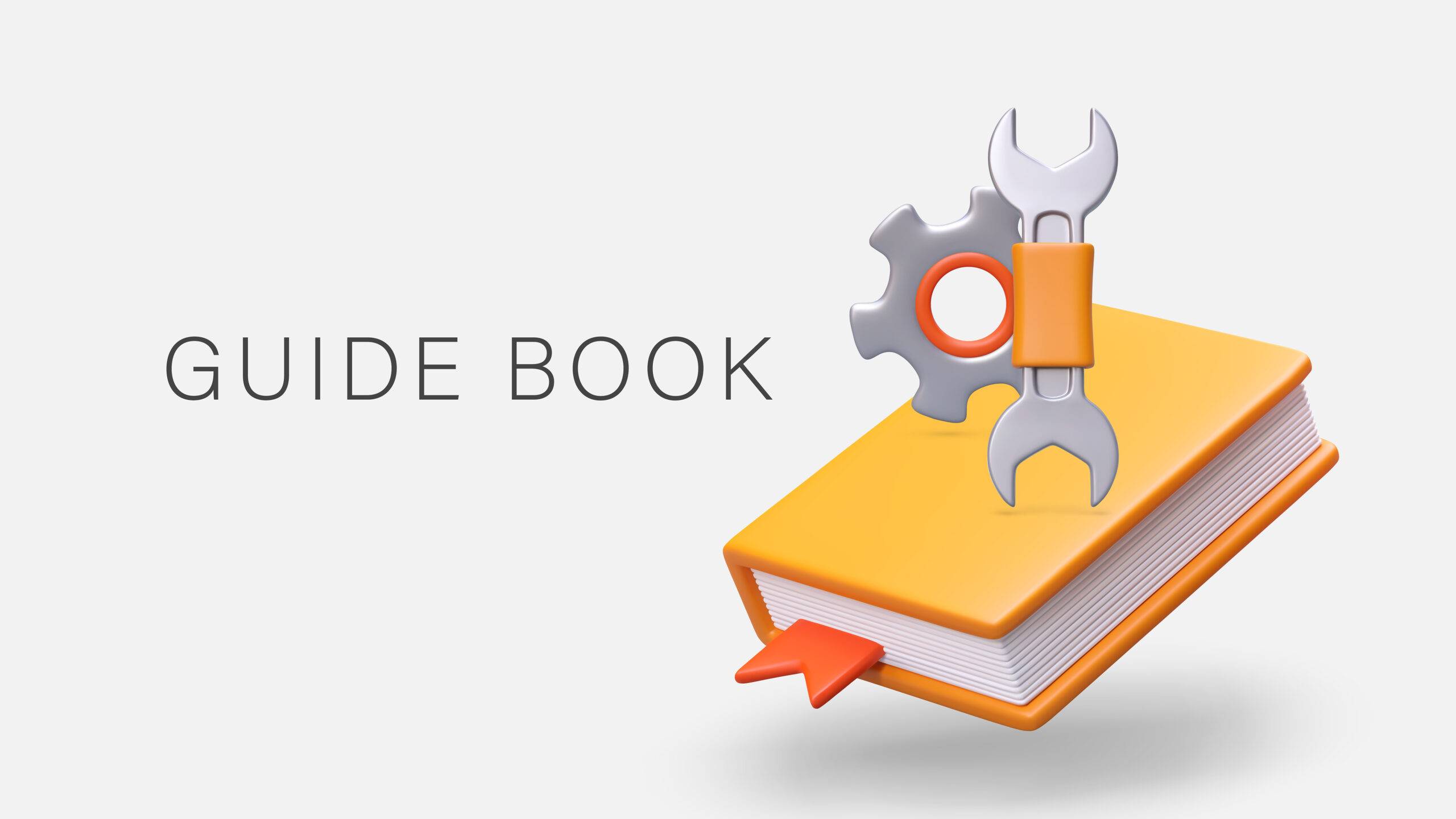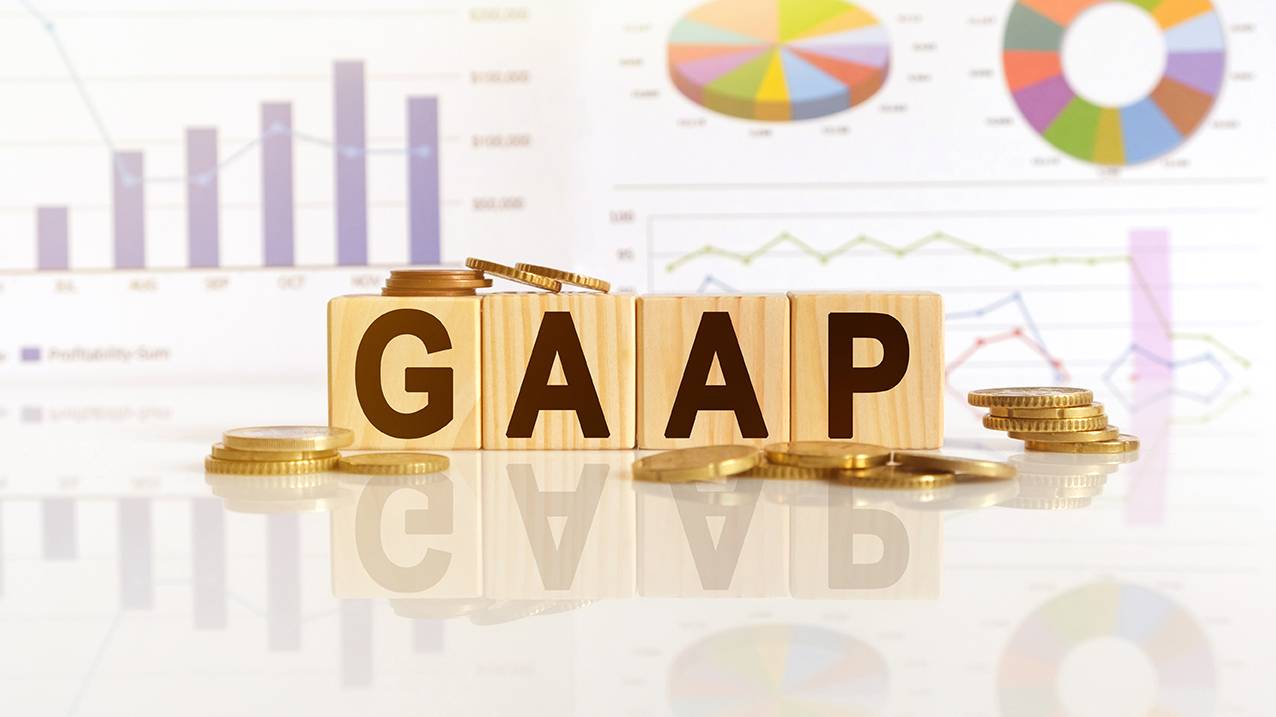Self-Study
Accountants’ Guidebook
An essential guide for gaining practical insights and skills to navigate key accounting tasks, from closing books to budgeting, while bridging the gap between theory and practice.

$600.00 – $640.00
Webcasts are available for viewing Monday – Saturday, 8am – 8pm ET.
Without FlexCast, you must start with enough time to finish. (1 Hr/Credit)
Please fill out the form below and we will reach out as soon as possible.
CPE Credits
30 Credits: Accounting
Course Level
Overview
Format
Self-Study
Course Description
The role of an accountant encompasses a vast array of responsibilities, often seeming overwhelming due to the extensive knowledge and expertise required. From navigating complex accounting procedures to adhering to GAAP for common transactions, the challenges are manifold. “The Accountants’ Guidebook” CPE self study course is designed as a comprehensive solution to this problem, simplifying the maze of accounting tasks and standards into a practical, understandable format.
In this online accounting CPE course, you will explore key areas such as closing the books, producing financial statements, managing payroll, and mastering budgeting techniques. You’ll gain insights into not just how to perform these tasks, but also why they are important, bridging the gap between theory and practice. This self study accounting CPE course is not just an educational journey; it is an essential desk reference for every accountant, equipping you with the skills and knowledge to excel in your role and navigate the accounting landscape with confidence and proficiency.
Learning Objectives
Learning Objectives:
•Identify the financial and managerial responsibilities of the accountant.
•Cite the issues involved with different account code structures.
•Specify how information rolls up from subsidiary ledgers into the general ledger, and is organized within the trial balance.
•State the flow of various documents through the procedures used by the accountant. Also describe the structure of a procedure, and who is most concerned with its construction.
•Identify the key requirements of accounting for receivables.
•Cite the accounting for investment transfers and the impairment of securities.
•Identify the tracking and cost accumulation systems used for inventory.
•State the valuation and depreciation rules applicable to fixed assets.
•Specify the rules regarding goodwill impairment and the capitalization of intangible assets.
•Cite the rules related to the accounting for various equity transactions.
•Identify the evaluation criteria for a contract, the components of the transaction price, and when a contract modification triggers treatment as a new contract.
•Identify the proper accounting for the full range of payroll transactions.
•Specify the accounting requirements related to stock-based compensation.
•Itemize the treatment of tax differences, tax assets and liabilities, and the determination of tax rates.
•Cite the accounting for a variety of transactions related to business combinations, as well as the uses of different types of acquisition structures.
•Identify the accounting treatment for transactions involving foreign currency.
•Cite the applicability of the accounting standards for accounting changes and error corrections to different scenarios.
•Identify the steps required to close the books and generate financial statements.
•Itemize the different formats in which the financial statements can be constructed, as well as the manner in which they are compiled.
•Specify the theories under which interim period information is presented, as well as the rules for segment reporting, and the process of compiling public company reports.
•State the types of variances and management report formats that an accountant may use.
•Cite the process improvements that can be applied to the management of cash.
•Identify the different types of collection tactics, as well as when they should be used.
•Specify the best practices and confidentiality issues that should be implemented for a payroll system.
•Identify the contents of the various budgets and which techniques should be used to populate the budgets.
•State the methods used to examine proposed fixed asset purchases, and their outcomes after being installed.
•Cite the calculation methods employed for those ratios most applicable to the role of the accountant.
•Specify which costs are to be included in or excluded from the examination of cost objects, as well as how cost objects should be interpreted.
Course Specifics
1173379
March 28, 2023
There are no prerequisites.
None
560
Compliance Information
CMA Notice: Western CPE makes every attempt to maintain our CMA CPE library, to ensure a course meets your continuing education requirements please visit Insitute of Management Accountants (IMA)
CFP Notice: Not all courses that qualify for CFP® credit are registered by Western CPE. If a course does not have a CFP registration number in the compliance section, the continuing education will need to be individually reported with the CFP Board. For more information on the reporting process, required documentation, processing fee, etc., contact the CFP Board. CFP Professionals must take each course in it’s entirety, the CFP Board DOES NOT accept partial credits for courses.
Meet The Experts

Steven M. Bragg, CPA, is a full-time book and course author who has written more than 300 business books and courses. He provides Western CPE with self-study courses in the areas of accounting and finance, with an emphasis on the practical application of accounting standards and management techniques. A sampling of his courses include the The New Controller Guidebook, The GAAP Guidebook, Accountants’ Guidebook, and Closing the Books: An Accountant’s Guide. He also manages the Accounting Best Practices podcast. Steven has been the CFO or controller of both public and private companies and has been a consulting manager with Ernst & Young and …
Related Courses
-
 Accounting
Accounting
Accounting Fraud: Recent Cases
Joseph Helstrom, CPA QAS Self-Study
Credits: 1 $29.00
QAS Self-Study
Credits: 1 $29.00$29.00 – $49.00
-
 Accounting
Accounting
GAAP Guidebook
Steven M. Bragg, CPA QAS Self-Study
Credits: 29 $580.00
QAS Self-Study
Credits: 29 $580.00$580.00 – $620.00
-
 Accounting
Accounting
Fraud Schemes
Steven M. Bragg, CPA QAS Self-Study
Credits: 3 $87.00
QAS Self-Study
Credits: 3 $87.00$87.00 – $107.00
